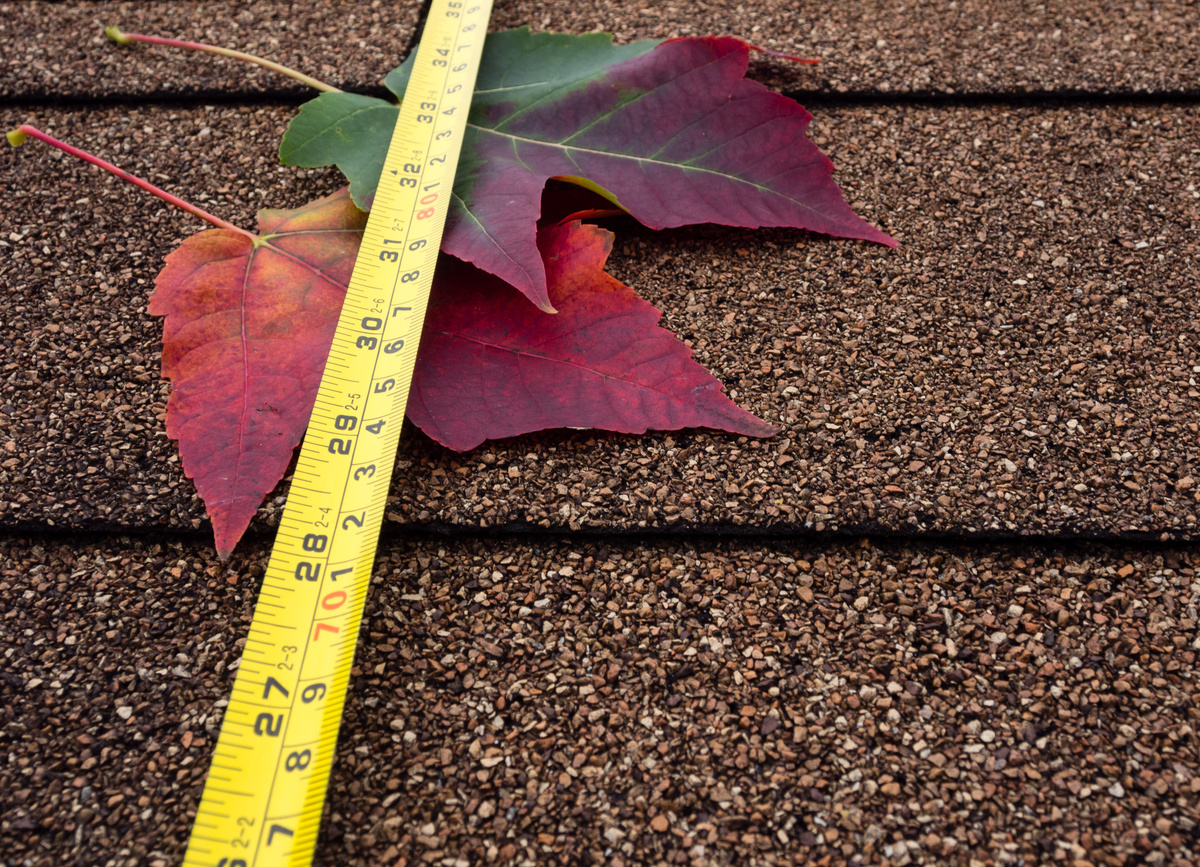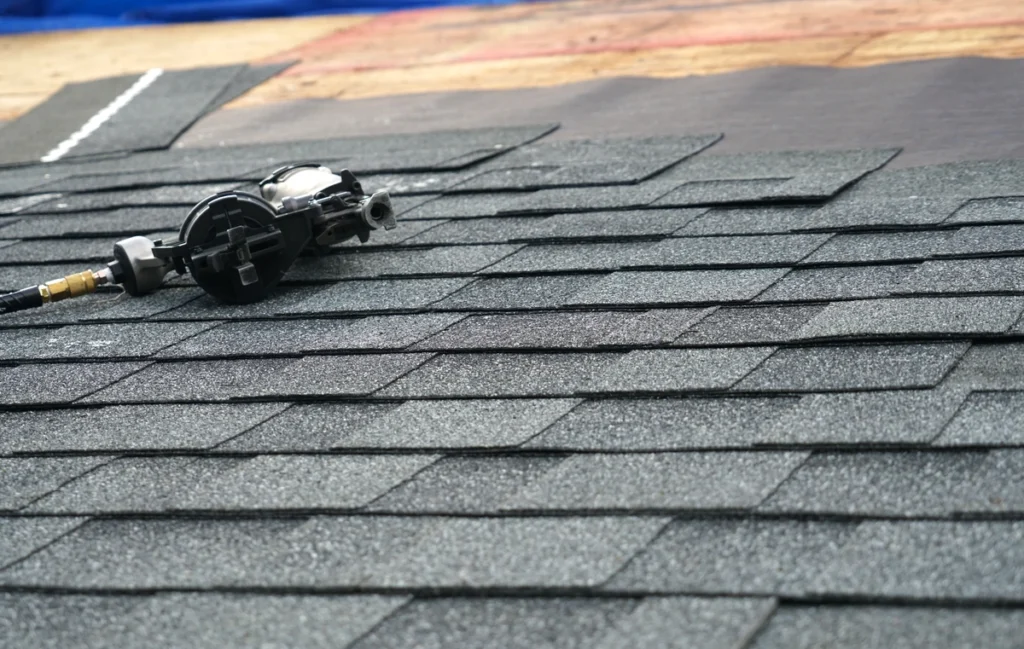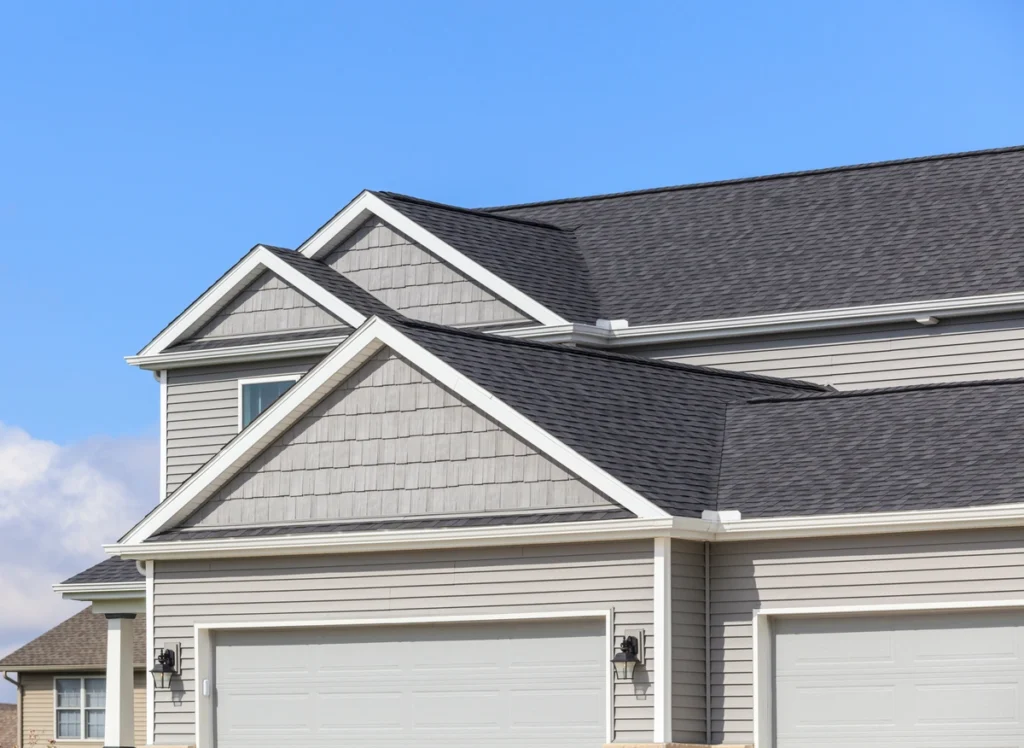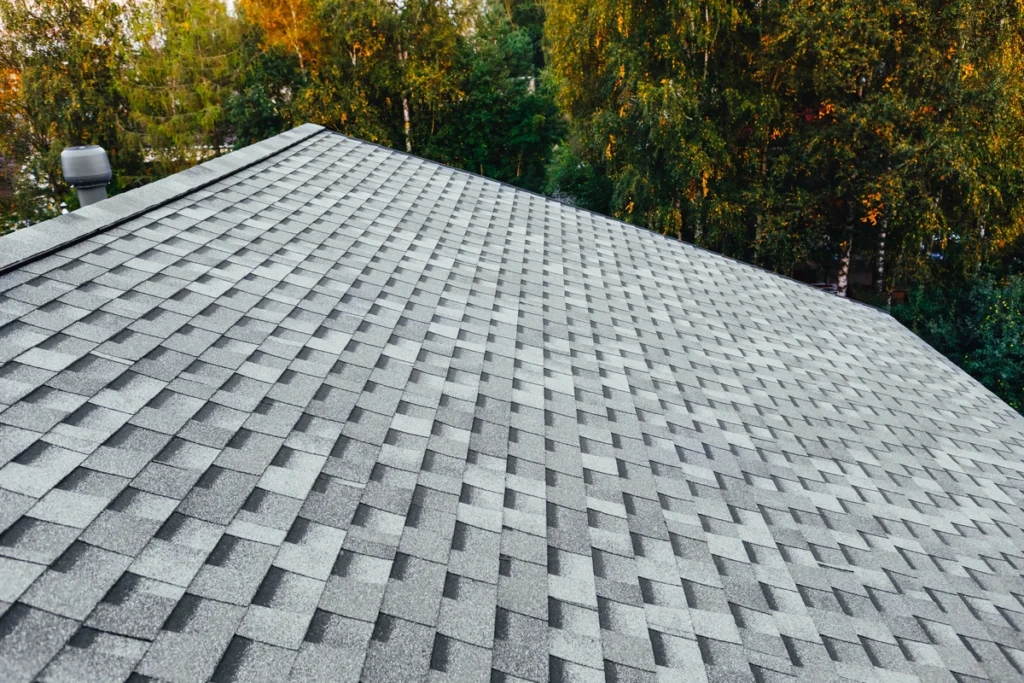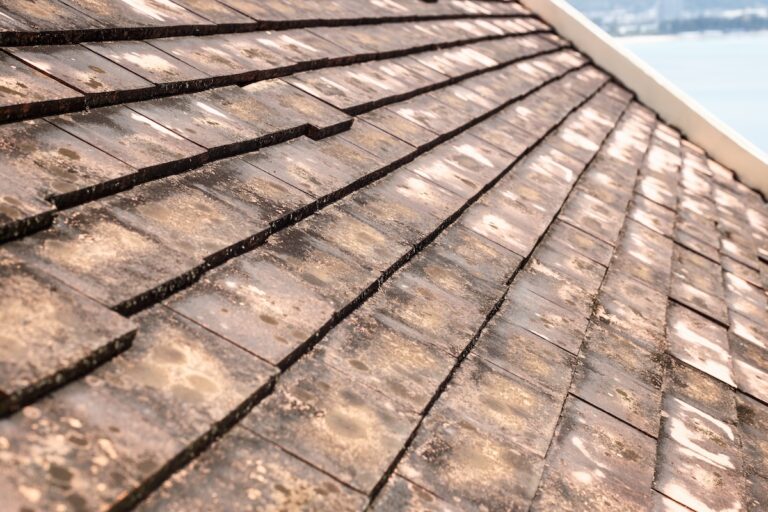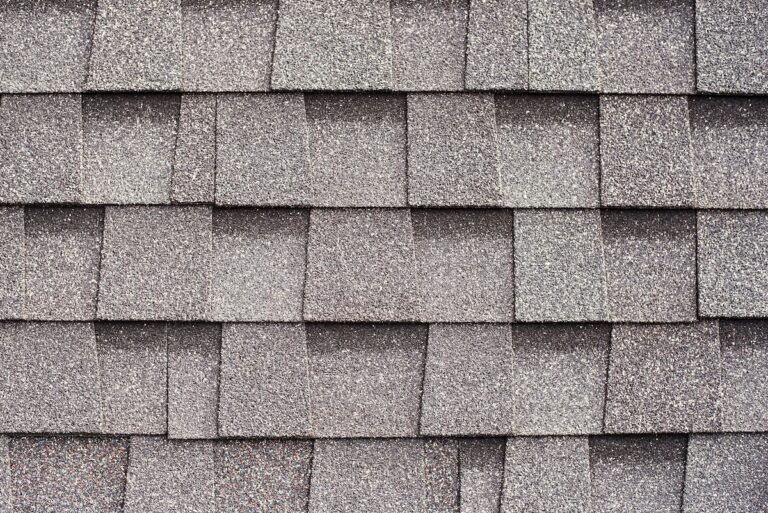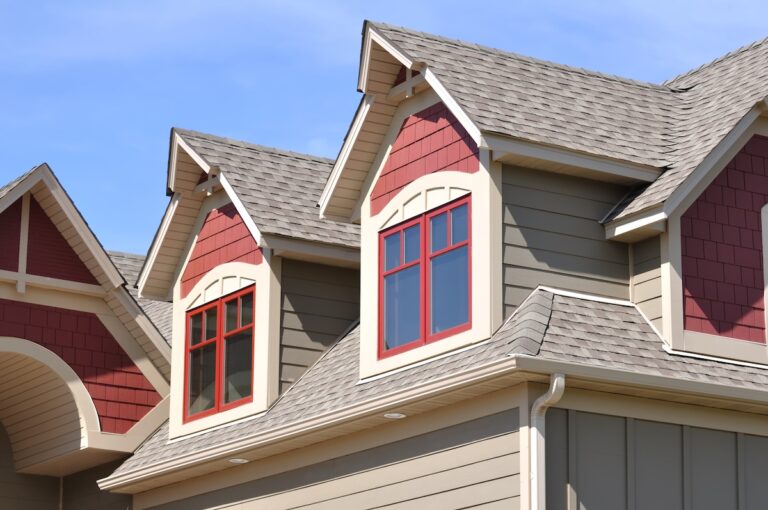A roof is one of the most critical components of any building, protecting it from the elements and providing structural integrity. Over time, roofs wear down and may require replacement to ensure continued protection and aesthetic appeal.
In this guide, we’ll delve into various aspects related to how to measure a roof for shingles, including:
- Signs that necessitate roof replacement
- Considerations for DIY versus professional installation
- The importance of accurate measurements
- Estimating shingle quantities
- The benefits of hiring a professional roofer
- The costs involved in installing a new shingle roof
Overview Of How to Measure a Roof for Shingles
Signs That You Need to Do a Roof Replacement
Before delving into the measurement process, it’s essential to recognize when a roof replacement is necessary. Some common signs include:
- Age of the Roof: Asphalt shingle roofs typically last around 20-25 years. If your roof is approaching or has exceeded this lifespan, replacement may be imminent.
- Visible Damage: Look for cracked, curling, or missing shingles. Damage can also include granule loss, which indicates shingle deterioration.
- Leaks: Water stains on the ceiling or walls inside your home are signs of roof leaks. These should be addressed promptly to prevent further damage.
- Sagging: A sagging roof deck could indicate structural issues and requires immediate attention.
- Moss or Algae Growth: While not always a sign of immediate replacement, excessive growth can lead to moisture retention and shingle damage over time.
DIY vs. Professional Installation: Can You Do It Yourself?
Installing a new roof, particularly shingles, is a labor-intensive and technically demanding task. While some homeowners may opt for a DIY approach to save costs, it’s crucial to consider the following factors:
- Skill and Experience: Roofing requires specific skills and knowledge of safety procedures. Without experience, there’s a risk of improper installation, leading to leaks and premature shingle failure.
- Tools and Equipment: Professional roofers have access to specialized tools and equipment that ensure efficient and safe installation.
- Warranty and Insurance: Many manufacturers offer warranties on their shingles, but they often require professional installation to be valid. Additionally, professional roofers carry insurance, providing coverage for accidents or damage during the installation process.
Preparing for Roof Measurement
Before you start measuring your roof, it’s essential to prepare yourself and your tools. Here are some steps to follow to ensure a smooth and safe process:
- Gather the Necessary Tools: Make sure you have a tape measure, a sturdy ladder, a pen, and paper. These basic tools are crucial for taking accurate measurements.
- Choose a Safe and Stable Location for Your Ladder: Position your ladder on a flat, stable surface. For a single-story roof, a ladder that is at least 10 feet tall is recommended. Always follow ladder safety guidelines to prevent accidents.
- Wear Appropriate Footwear: Closed-toe, slip-resistant shoes are a must to ensure you have good traction while on the roof. Consider investing in a fall prevention kit approved by OSHA for added safety.
- Secure Your Writing Tools: Attach your pen or pencil to yourself or your notepad to prevent it from rolling away or getting lost while you’re on the roof.
- Review the Roof’s Layout: Take a few minutes to visually inspect your roof and identify any complex features such as valleys, hips, or dormers. This will help you plan your measurements more effectively.
By following these preparation steps, you’ll be well-equipped to measure your roof accurately and safely, setting the stage for a successful roofing project.
Understanding Roof Pitch and Its Impact on Roofing Materials
Roof pitch, also known as roof slope, is a critical factor in determining the type and amount of roofing materials needed for your project. Here’s what you need to know:
- What is Roof Pitch?: Roof pitch is measured as the ratio of the roof’s vertical rise to its horizontal run, expressed as a fraction (e.g., 4:12). This means that for every 12 horizontal units, the roof rises 4 units.
- Impact on Roofing Materials: A steeper roof pitch increases the surface area of the roof, which in turn requires more roofing materials. This is an important consideration when calculating the total square footage of your roof.
- Material Requirements: Different roofing materials have specific pitch requirements. For instance, certain shingles are designed to perform better on steeper pitches, while others are suitable for lower slopes. It’s essential to choose the right material for your roof’s pitch to ensure durability and proper water runoff.
- Example – Hip Roof: A hip roof, which slopes on all four sides, typically requires a steeper pitch than a gable roof to ensure effective water drainage. This means you’ll need to account for the increased surface area when measuring and ordering materials.
When measuring your roof, take note of the pitch to ensure you’re using the correct calculations for your roofing materials. Understanding the impact of roof pitch will help you make informed decisions and ensure the success of your roofing project.
By following these guidelines, you’ll be able to accurately measure your roof and choose the right materials for your roofing project, ensuring a durable and effective roof for years to come.
Why Accurate Roof Measurements Matter for Replacement
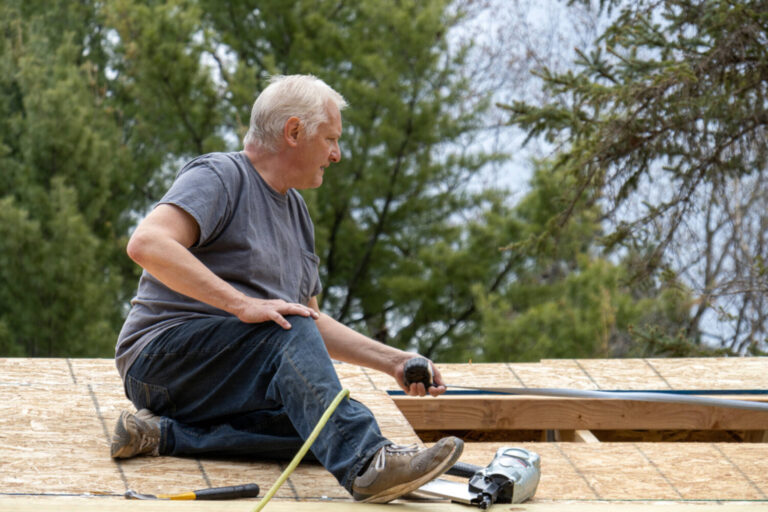
Recognizing each distinct roof plane during measurement calculations is crucial to ensure accuracy, particularly for gable, hip, and complex roofs. Accurate measurements of the roof’s square footage and roof’s surface area are key metrics for determining the amount of shingles needed and for making precise cost estimates.
Accurate measurements, including roof length and roof pitch, are fundamental to a successful roof replacement project for several reasons:
Material Calculation:
Knowing the exact dimensions of your roof allows for precise calculation of the roofing materials needed, including shingles and underlayment, by determining the number of roofing squares required. This minimizes waste and ensures cost-effectiveness.
Estimating Costs:
Detailed measurements, including the total roof square footage, help in obtaining accurate cost estimates from roofing contractors or when purchasing materials yourself.
Project Planning:
Contractors use roof measurements to plan the installation process, including scheduling labor and delivery of materials.
How to Measure a Roof for Shingles: 5 Steps
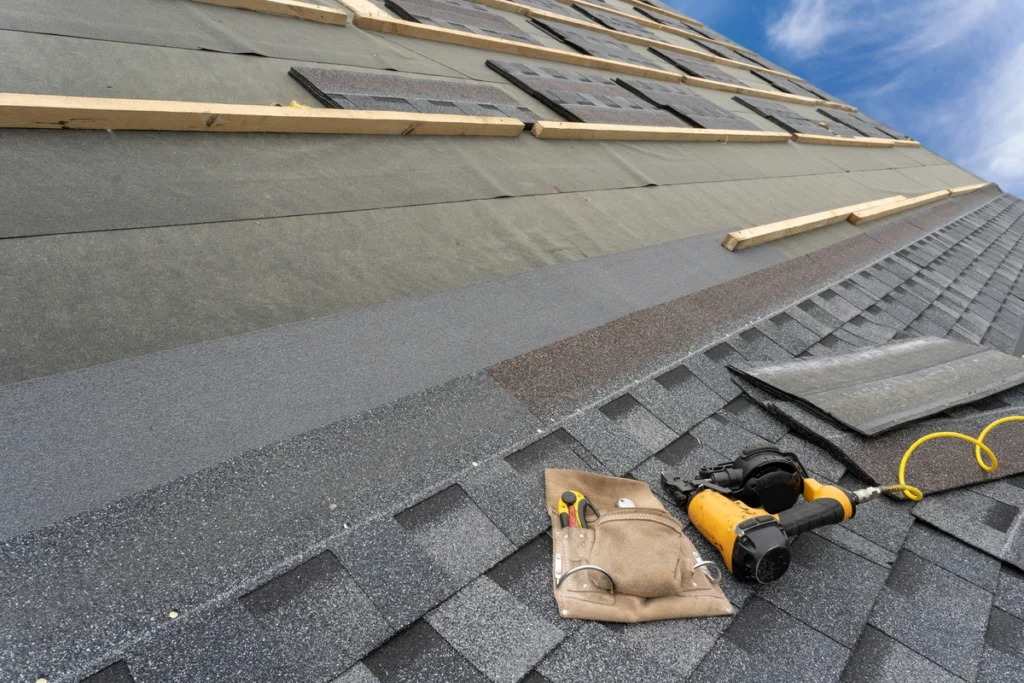
Measuring a roof involves several steps to ensure accuracy. Here’s a simplified guide to help you get started:
1) Sketch the Roof:
On graph paper or using a digital tool, sketch the outline of your roof, ensuring you measure the length and width of each distinct roof plane. Include all sections and note any protrusions like chimneys or skylights.
2) Measure Roof Slope:
Determine the slope (pitch) of your roof. This helps in calculating the area accurately. Use a level and a measuring tape to measure rise and run.
3) Calculate Roof Area:
For simple roofs (rectangular or square), multiply the length by the width. For more complex shapes, break the roof into sections (rectangles, triangles) and calculate each separately. Add these areas together for the total.
4) Consider Overhangs:
Include overhangs (eaves and rakes) in your measurements to ensure you order enough materials.
5) Double-Check:
Review your measurements for accuracy before finalizing material orders or contractor estimates.
How Many Shingles You Need to Order
Once you have your roof measurements, calculating the number of shingles involves understanding the coverage area of each bundle and accurately determining the number of shingle bundles needed. Manufacturers provide this information on the packaging, typically in terms of squares (100 square feet).
To estimate the total roof square footage, measure the roof’s surface area by multiplying the length and width of each section and then summing these areas. This measurement is crucial for estimating the quantity of shingles and other materials necessary for proper roofing.
- Calculate Roof Area in Squares: Divide the total roof area by 100 to get the number of squares needed.
- Consider Waste: It’s wise to order a bit more than the exact calculated amount to account for waste, errors in cutting, or future repairs.
Why We Recommend Hiring a Professional Roofing Contractor
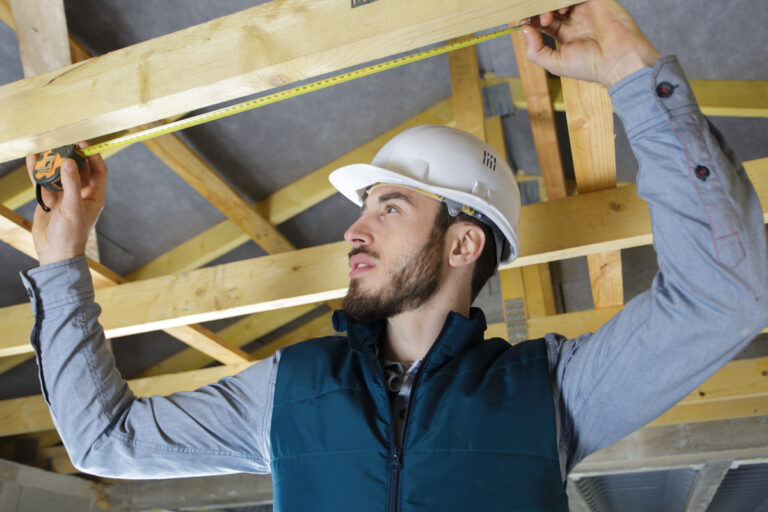
While DIY projects can be fulfilling, roofing is best left to professionals for several reasons:
Expertise:
Professional roofers have the necessary training and experience to handle complex installations and ensure quality workmanship.
Safety:
Roofing work can be dangerous, especially on steep slopes. Professionals are equipped with safety gear and follow OSHA guidelines to prevent accidents.
Warranty Coverage:
Many manufacturers require professional installation to honor warranty claims. Professional roofers also provide their warranties on workmanship.
Efficiency:
Roofing contractors can complete projects more quickly and efficiently, minimizing disruption to your daily routine.
The Cost of Installing a New Shingle Roof
The cost of installing a new shingle roof varies widely depending on factors such as:
-
Roof Size and Complexity: Larger roofs or those with intricate designs require more materials and labor. Accurately measuring the total square footage is essential for budgeting and material calculation purposes. Understanding a roof’s surface area is crucial when measuring for shingles, as the cost of a new roof is largely influenced by this measurement.
-
Material Choice: Basic asphalt shingles are more affordable compared to premium options like metal or slate.
-
Location: Labor costs can vary significantly based on your geographical area and local market conditions.
- Additional Factors: Removal of old roofing, disposal fees, and any necessary repairs or structural upgrades can add to the total cost.
As a rough estimate, homeowners can expect to pay between $5,000 to $12,000 or more for a standard asphalt shingle roof replacement on an average-sized home. It’s advisable to obtain multiple quotes from reputable contractors to compare pricing and services offered.
Let Us Install Your Roof Shingles
Measuring a roof for shingles involves careful planning and attention to detail. Whether you decide to tackle the project yourself or hire a professional roofing contractor, understanding the process ensures a successful outcome. From recognizing signs that indicate the need for replacement to calculating material quantities and estimating costs, each step plays a crucial role in the overall project.
G Cannon is here to help you with your roof measurement and replacement needs. Reach out to get started today!
